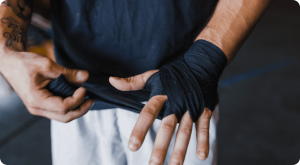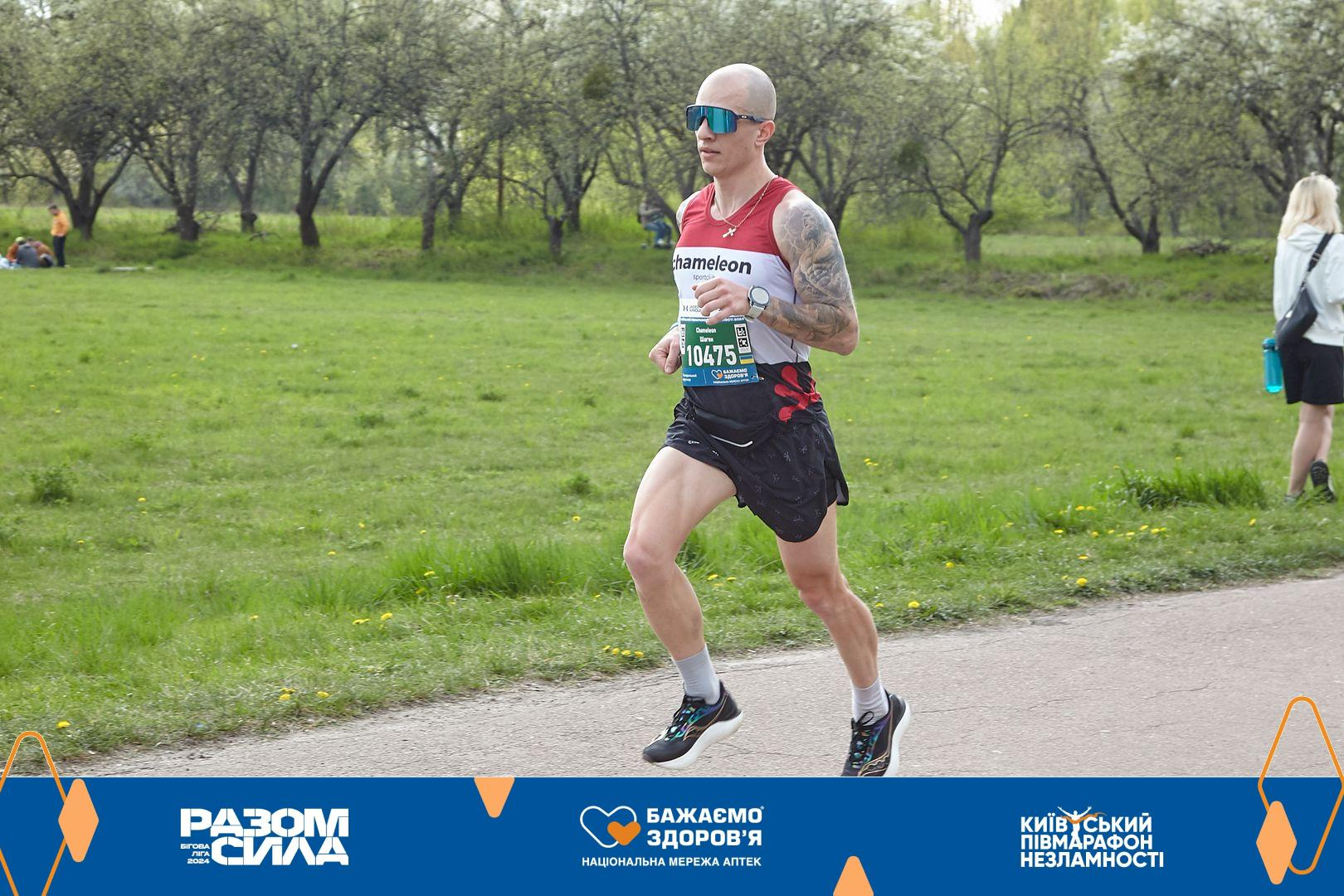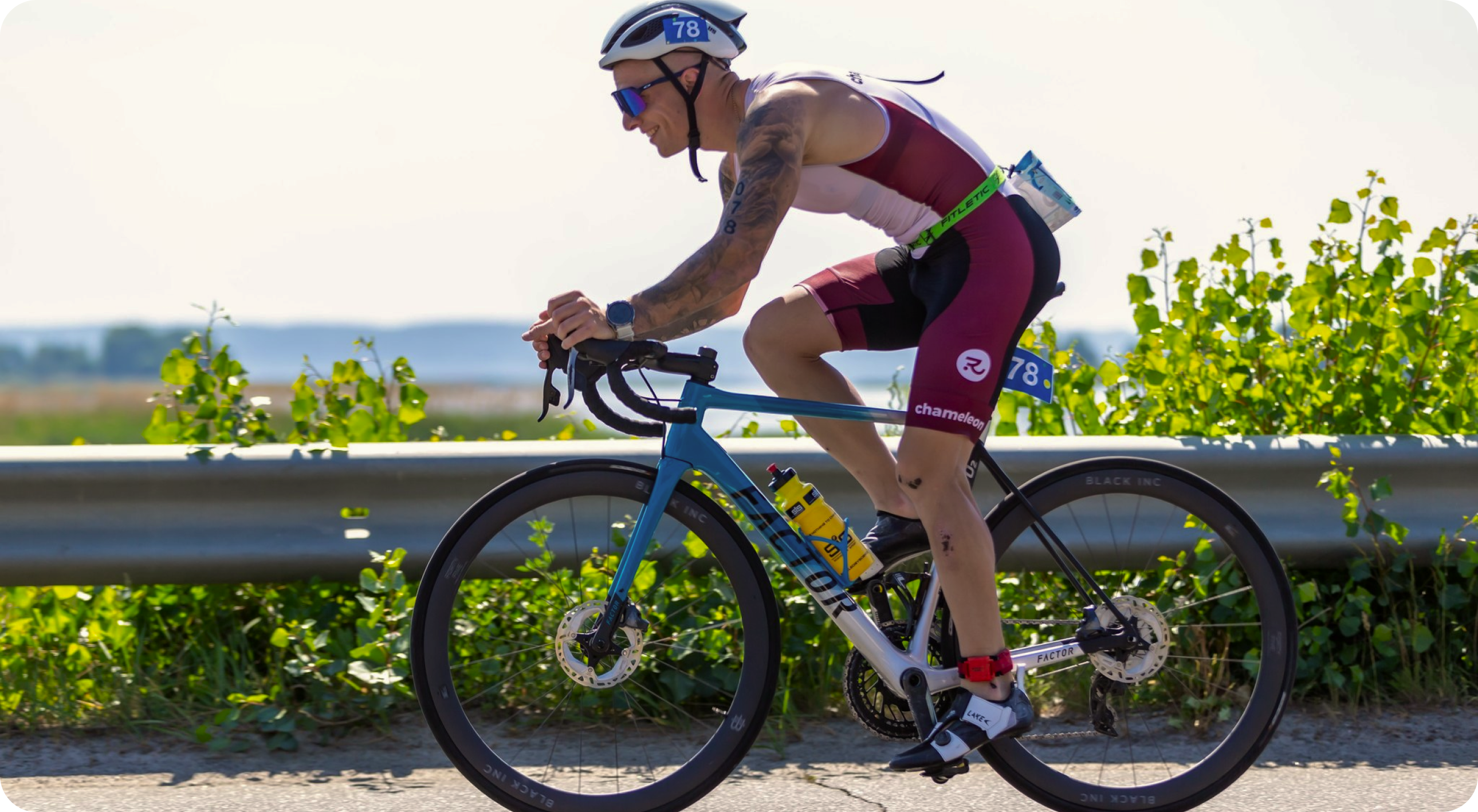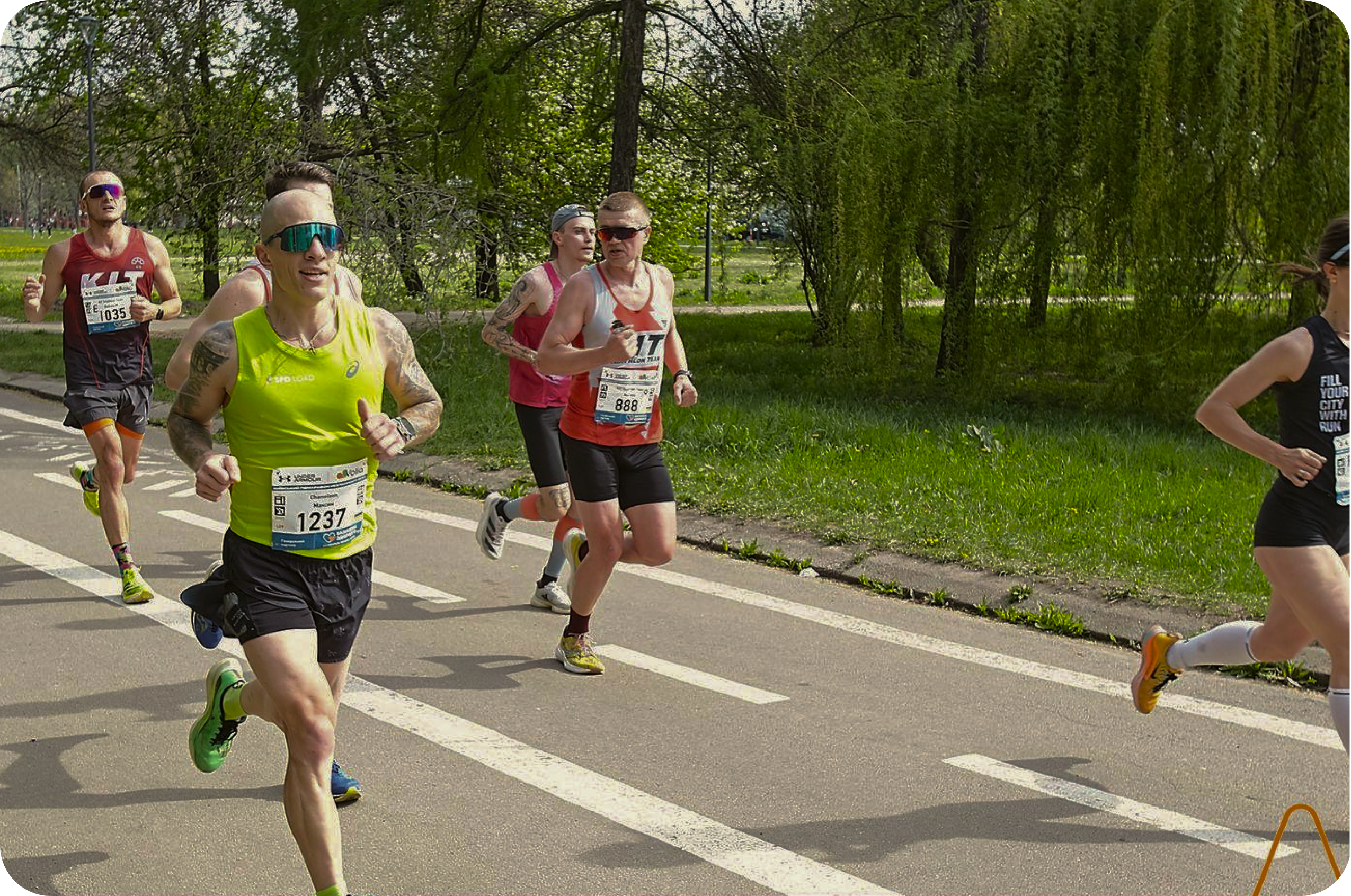As triathletes, we constantly push our bodies to the limit.
The excitement of completing a grueling race is incomparable.
It usually goes from a grueling swim to a grueling bike ride to the end of a punishing run.
Yet, as we strive for personal bests and competitive excellence, there’s an undercurrent we must address – the risk of injuries.
Injury prevention is as vital as any training session, and understanding recovery is crucial.
In this guide, we’ll look at strategies and considerations to help you adjust your triathlon training.
Both for injury prevention and recovery strategies.

Recognizing the Importance of Injury Prevention
Triathletes know that injuries aren’t just about pain; they’re about time – time taken away from training and potentially, time added to race finishes.
A 2012 study published in the Journal of Sports Science & Medicine found that over 56% of triathletes experienced at least one injury in a season.
The proactive approach of preventing injuries is less about reacting to pain and more about avoiding it altogether, ensuring that your long-term goals aren’t derailed.

Identifying Overtraining and Its Dangers
It’s a paradox; sometimes, to get stronger, you need to rest.
Symptoms of overtraining can sneak up on even the most experienced triathletes.
They include constant fatigue, decreased performance, increased effort during training, and frequent injuries.
Recognizing these symptoms early can make all the difference in ensuring longevity in the sport.
Remember, it’s not just about training hard but training smart.
Incorporating Cross-Training to Minimize Risk
Swim. Bike. Run. Repeat.
While these are the pillars of triathlon, incorporating other forms of training can be beneficial.
Cross-training reduces the risk of repetitive strain injuries.
These include Pilates or weight lifting, which offer athletes a break from their usual routine.
A study from Sports Health showed that diversified training could reduce injury rates by up to 25%.
So, maybe take a dance class or join a yoga session.
It’s not just a break for your mind, but also a protective strategy for your muscles.
The Role of Proper Equipment and Technique
Imagine wearing ballet shoes for a marathon.
Sounds absurd, right?
That’s because the right equipment is pivotal in triathlon training.
Properly fitted gear, like the right footwear or a well-adjusted bike, can mitigate injury risks.
Additionally, technique matters.
According to triathlon coach and former pro triathlete, Mark Allen,
“Small adjustments in technique can often lead to significant reductions in injury risk and improvements in performance.”

Active Recovery: Ensuring Muscles Heal Properly
Training doesn’t end when you stop moving.
What you do post-training plays a significant role in injury prevention.
Practices such as foam rolling can facilitate muscle recovery and prevent injury.
Incorporating stretching routines and even using compression garments can provide beneficial support to strained muscles.
Adjusting Training in Response to Minor Injuries
Tweaks, twinges, and minor injuries are, unfortunately, part of an athlete’s life.
But they don’t have to spell the end of your training.
With a minor injury, consider modifying your workouts rather than stopping entirely.
A pulled muscle from running might still allow for swimming or gentle cycling.
However, always consult a health professional before making any decisions.
Physiotherapy and Professional Intervention
Sometimes, we need a helping hand – or hands.
Physiotherapists aren’t just for rehabilitation post-injury but can offer preventive strategies and techniques.
Regular check-ups can identify potential areas for injury.
While individualized advice can help you train safely.
A study published in the British Journal of Sports Medicine calls for regular physiotherapy examinations.
This can be as a preventive measure for athletes.

Designing a Recovery-Centric Schedule
Recovery isn’t just the absence of training; it’s an active process.
Your training schedule should have days dedicated to rest and active recovery.
Remember, our bodies grow stronger not during training, but during recovery strategies.
Ensure adequate sleep, proper nutrition, and even consider incorporating massages or other recovery-focused treatments.
Mental Resilience: Coping with Training Adjustments
An injury isn’t just a physical setback but a mental one.
Adapting to reduced training or time off can be challenging for dedicated triathletes.
As the renowned athlete, Mia Hamm stated, “It is more difficult to stay on top than to get there.”
During these times, mental resilience becomes paramount.
Visualization exercises, meditation, and even journaling can help you overcome these difficulties.
This is necessary so that you can return to training with renewed vigor.
Triathlons challenge the body and mind in unique ways, requiring endurance, strength, and agility.
Triathletes can ensure that they not only cross the finish line but that they do so safely and efficiently.
Then they take a holistic approach to training, focusing equally on preparation, injury prevention, and recovery.
Remember, in triathlons, as in life, it’s not about how fast you can go, but how long you can keep going.

Periodization: Your Friend in Injury Prevention
One of the most effective ways to prevent injuries is periodization.
It’s a systematic approach to training that involves adjusting your workouts over specific periods.
It may sound technical, but it is essentially a change in the intensity and volume of training.
It is necessary to ensure optimal growth and recovery strategies.
Legendary triathlon coach, Joe Friel, emphasizes the importance of periodization in his teachings.
In his words, “Periodization is about constructing a training year that is divided into periods, each with a specific goal.”
By segmenting your workout, you not only allow your muscles to recover.
You also mentally prepare for the next stage, avoiding burnout and overtraining.
Nutrition’s Role in Injury Prevention and Recovery
Often overlooked in the realm of injury prevention and recovery is nutrition.
It plays a crucial role in both aspects.
As a renowned nutritionist, Dr. Michael Colgan, once said,
“You don’t run on your legs alone. It’s food that runs your world.”
Ensuring a balanced diet rich in anti-inflammatory foods can help with muscle recovery.
These can include omega-3 fatty acids and antioxidants.
Additionally, protein intake post-exercise can facilitate muscle repair.
Hydration, too, plays a pivotal role.
A hydrated muscle is less prone to strains and injuries.
For those recovering from an injury, certain nutrients can accelerate healing.
Vitamin C, for instance, is vital for collagen formation, which is crucial for repairing tendons and ligaments.
Calcium and Vitamin D are essential for bone health, especially if recovering from fractures.
The Importance of Listening to Your Body
Every athlete, regardless of experience, must master the art of listening to their body.
Pain is the body’s way of signaling that something isn’t right.
Pushing through pain can exacerbate injuries, leading to prolonged recovery times.
Elite triathlete, Jan Frodeno, emphasizes this, stating,
“Your body usually tells you when something is wrong, and it’s our job as athletes to listen.”
It’s a fine balance between pushing your limits and recognizing when to step back.
The Role of Rest Days in Injury Prevention
Rest days are not a sign of weakness; they are a critical component of an effective training program.
They allow muscles to recover, rebuild, and strengthen.
Integrating regular rest days into your training schedule can significantly reduce the risk of overuse injuries.
It’s essential to differentiate between active recovery and complete rest.
Active recovery strategies can include light swimming or low-intensity cycling. While complete rest involves minimal physical activity.
In the words of six-time Ironman World Champion, Dave Scott, “Rest is not a four-letter word… Rest is a weapon.”

A Holistic Approach to Triathlon Training
Injury prevention and recovery strategies in triathlon training are not isolated elements.
They intertwine with every aspect of an athlete’s routine, from the food consumed to the hours slept.
Triathletes can ensure longevity in the sport.
They take a holistic approach by understanding the body’s signals, integrating cross-training, focusing on nutrition, and respecting the need for rest.
After all, the goal is not just to finish a race but to keep racing for years to come.
Cross-Training: The Unsung Hero of Injury Prevention
In triathlon circles, there’s often an intense focus on the main three disciplines: swimming, cycling, and running.
However, to effectively prevent injuries, one must consider the addition of cross-training activities.
After several unsuccessful attempts at the Ironman World Championships, triathlon legend Mark Allen integrated strength training into his regimen.
Then the results spoke for themselves.
He once stated,
“Cross-training is key to balancing out the muscles you use in your primary sport, ensuring that you don’t develop imbalances that could lead to injury.”
Activities like yoga, Pilates, and weight training can provide athletes with a plethora of benefits.
For example, yoga improves flexibility and balance.
Strength training strengthens small muscles that are often overlooked.
A combination of these activities can help triathletes develop fitness that is more resistant to injury.
Recovery Techniques: Beyond Traditional Rest
When we think of recovery strategies, we often imagine rest days, but recovery encompasses a variety of techniques, each with its own set of benefits.
Chrissy Wellington emphasized the importance of post-race massage and physiotherapy in her career.
She is a four-time Ironman world champion.
These methods can help restore muscles faster and reduce the risk of injury.
They include ice baths, compression garments, and even modern recovery tools such as cryotherapy.
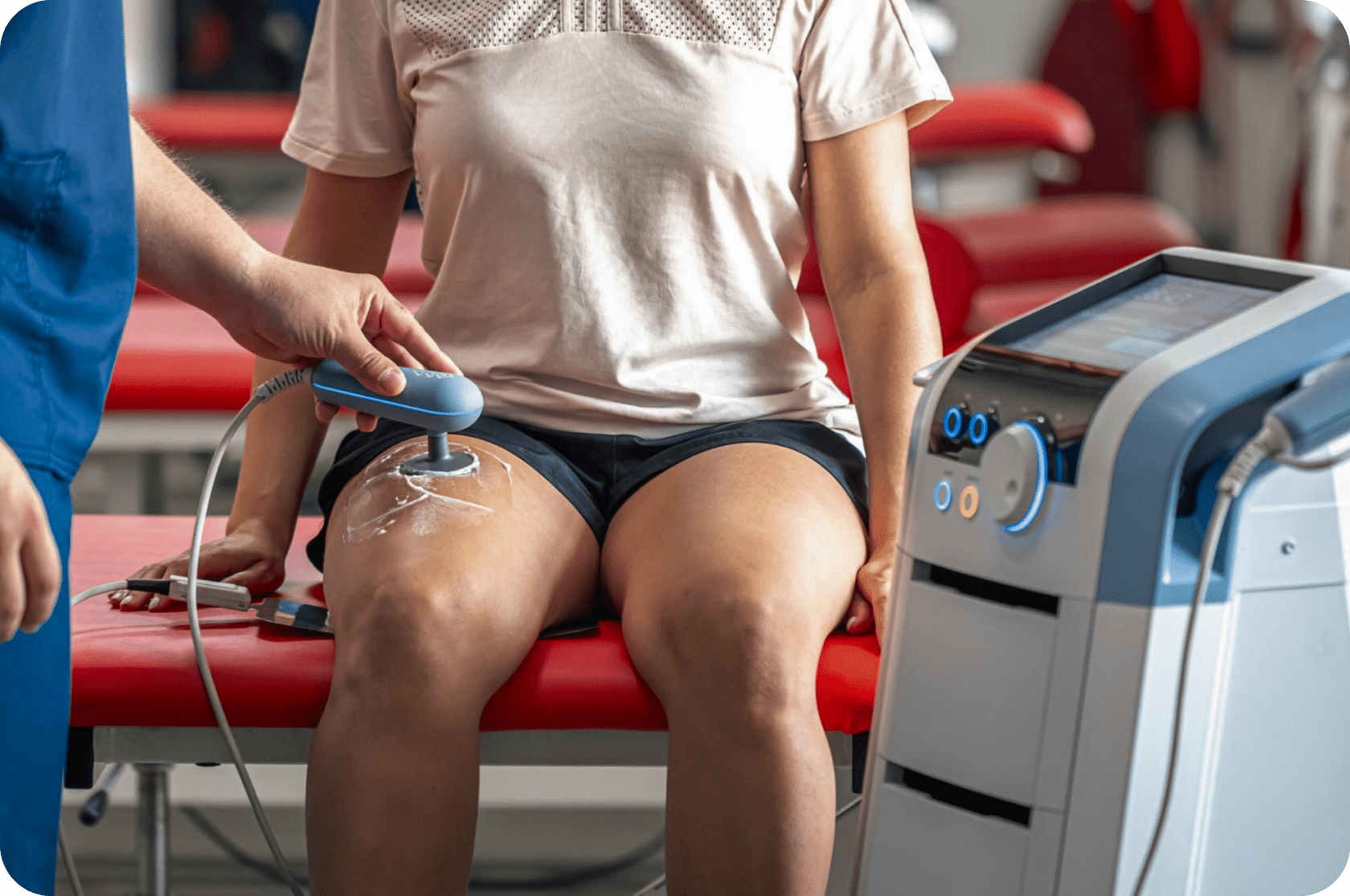
Adjusting Training Intensity: Quality Over Quantity
It’s tempting to think more miles equate to better performance.
However, that’s not always the case, especially when it leads to overtraining and injuries.
Incorporating interval training can provide more significant benefits without long-term wear and tear on the body.
This can include hill training and other high-intensity activities.
Coach Brett Sutton is known for training numerous world champions.
He often emphasizes the importance of training smart, not just hard.
“It’s about quality, not quantity. It’s easy to add more miles, but it takes understanding and experience to optimize training without pushing into the realm of injury,” he advises.
Adapting to Unexpected Changes
Even with the best-laid plans, sometimes injuries do occur.
During these times, it’s essential to adapt and pivot.
This may mean changing your focus from running to cycling or swimming.
It could also mean working with a physical therapist or even taking a break from training altogether.
Flexibility in approach and mindset can ensure a smoother, quicker return to the sport.
Heather Jackson, a top Ironman athlete, had to overcome injuries early in her career.
Her approach?
“You need to stay positive, focus on what you can do, and remember that healing and recovery strategies are also part of the journey,” she often shares in her talks.

Final Words: A Lifelong Commitment
In the end, a triathlon isn’t just about a single race or a season. It’s a commitment to a lifestyle.
An integrated approach to injury prevention and recovery guarantees not only success in the next race.
It also ensures a long, enjoyable athletic journey.
Covering all aspects of training, recovery strategies, and nutrition means you’re not just training for a triathlon.
You’re investing in your long-term health and well-being.
